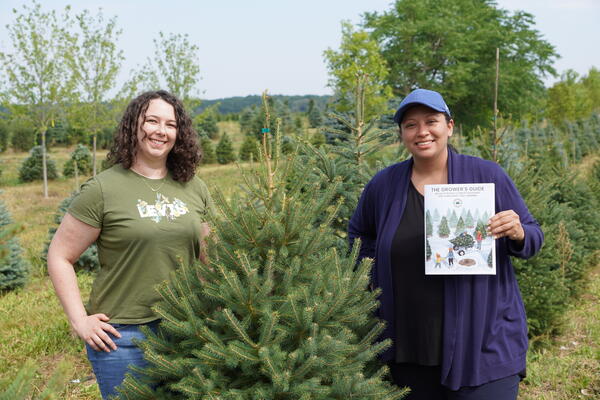
Most Canadians don’t know they are living in high-risk flood areas
Most Canadians living in flood risk areas do not know their homes are in danger, which could cost Canadian taxpayers billions in population resettlement.

Most Canadians living in flood risk areas do not know their homes are in danger, which could cost Canadian taxpayers billions in population resettlement.
By Media RelationsMost Canadians living in flood risk areas do not know their homes are in danger, which could cost Canadian taxpayers billions in population resettlement.
In a survey of 2,500 people living in designated flood-risk areas across the country, only 6 per cent knew their homes were at risk, according to a new report from the University of Waterloo’s Partners for Action, with funding support from The Co-operators Group Ltd. Only a quarter of respondents said their insurance representative had discussed flood coverage options with them.
“Thousands of Canadians could lose their homes and don’t know it,” said Anna Ziolecki, the director of Partners for Action (P4A), which began surveying Canadians in 2016. “We are simply not doing a good enough job letting Canadians know climate-related flood risk rises every year. It’s catching governments and homeowners off-guard.”
Since 2016, federal disaster assistance has totaled an average of $430 million a year, with more than three-quarters spent on flood recovery. Insured damage from extreme weather now regularly tops $1 billion a year in Canada, with the majority caused by water-related events.
The Co-operators, a Canadian insurance and financial services co-operative and co-founder of Partners for Action, has seen these trends increasing.
“We know the impacts of climate-related risks like flooding are increasing in frequency and severity across Canada,” says Rob Wesseling, President and CEO of The Co-operators Group Ltd. “It is crucial that we work collaboratively across sectors to prioritize a mindset of resilience in our communities, to ensure Canadians can better prepare for and prevent flood risk.”
Those surveyed recommend that when selling properties in designated flood risk areas, real estate professionals should be required by law to inform potential buyers.
“Most homeowners just assume they have flood insurance. Many don’t and spend thousands out-of-pocket for unexpected cleanup,” said Jason Thistlethwaite, an assistant professor in the School of Environment, Enterprise and Development (SEED) at the University of Waterloo, and associate director at P4A. “Even if you live nowhere near water, this lack of awareness costs us all through higher insurance premiums and taxes to fund relief efforts.”
In December 2019, the Prime Minister launched a national action plan to assist homeowners with potential relocation. Relocation programs typically involve government buyouts of property to move people away from areas that are vulnerable to repeated flooding. Half of survey respondents said residential properties at risk of repeated flooding should be offered buyouts before flooding occurs and many would accept a government buyout.
P4A receives funding support from The Co-operators Group Ltd. and Farm Mutual Re. Read the full report or visit our project webpage Canadian Voices on Flood Risk 2020.

Read more
Here are the people and events behind some of this year’s most compelling Waterloo stories

Read more
Waterloo researchers are helping to make a much-loved holiday tradition more sustainable all year round

Read more
Researchers awarded funding to investigate ecology, climate change, repatriation, health and well-being through cultural and historical lens
The University of Waterloo acknowledges that much of our work takes place on the traditional territory of the Neutral, Anishinaabeg, and Haudenosaunee peoples. Our main campus is situated on the Haldimand Tract, the land granted to the Six Nations that includes six miles on each side of the Grand River. Our active work toward reconciliation takes place across our campuses through research, learning, teaching, and community building, and is co-ordinated within the Office of Indigenous Relations.